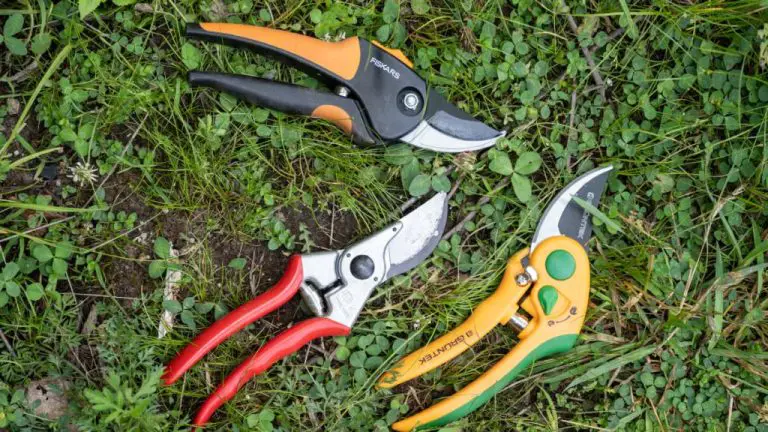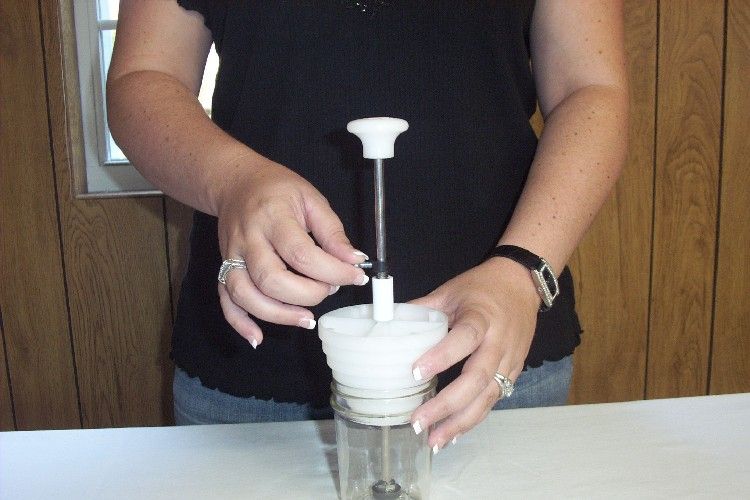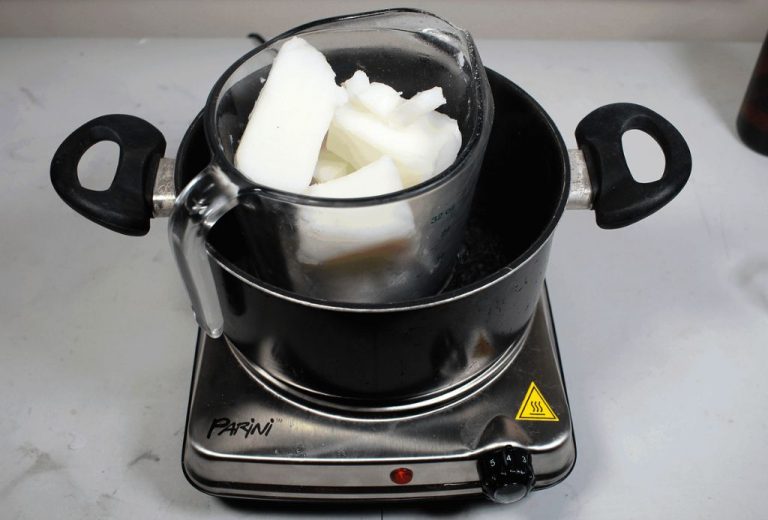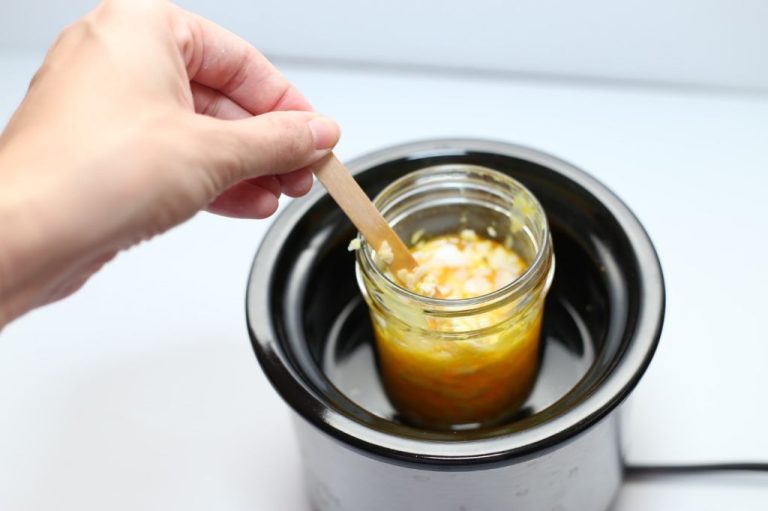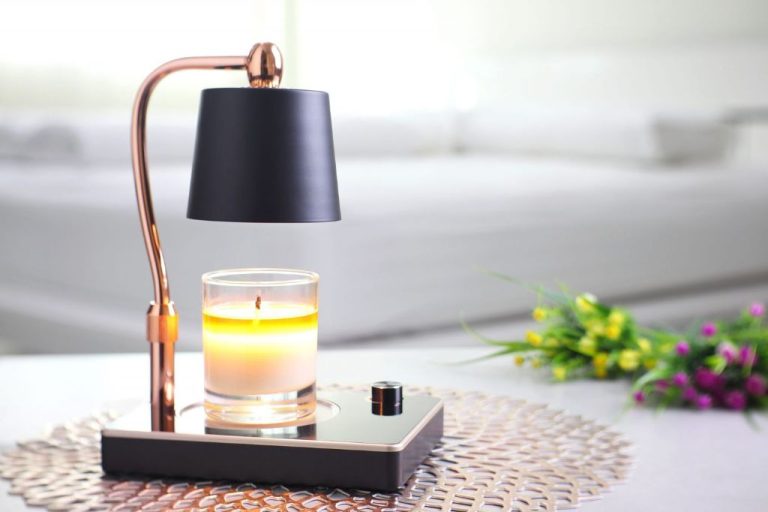What Is The Cost Of A Candle Making Business?
Starting a candle making business allows entrepreneurs to tap into the growing handcrafted and artisanal candle market. The global candle industry was valued at over $12 billion in 2022, with projections to reach nearly $16 billion by 2030, according to Grand View Research. There is increasing demand for high-quality, unique candles as consumers move away from mass-produced options. Homemade and artisanal candles have become especially popular, providing opportunities for small businesses and candle makers.
The artisanal candle segment is rising due to consumer interest in natural, sustainable products from local makers. Handcrafted candles allow for creativity and customization. Starting a candle business requires low startup costs compared to other ventures, making it accessible for entrepreneurs. With proper planning and execution, a candle making business can be profitable and rewarding.
Equipment Needed
Some of the key equipment needed for starting a candle making business includes:
- Wax melting pots – Used to melt wax to the proper temperature before pouring into molds. Can find basic pots for under $20. (Source)
- Thermometers – Essential for monitoring wax temperatures during the pouring process. Basic digital thermometers suitable for candle making cost $10-20.
- Wicks – The cord that burns inside the candle. Different wick types suit different candle types. Expect to spend $5-10 for a bundle of 100 wicks.
- Candle fragrance oils – Used to add scents. Wide variety of scents available at $5-15 per ounce.
- Molds – For shaping candles. Silicon molds are reusable and cost $5-20 each depending on shape/size.
- Containers – For pillars, tins, jars. Can find packs of 12 simple containers for under $15.
- Coloring agents – Dye blocks or liquid dyes used to add color. Expect to spend $5-10 for a set.
Other helpful but non-essential items include pour pots, wick stickers, wick trimmers, thermometer clips, and worktables. In total, basic candle making equipment can be purchased for $100-200.
Raw Materials
The main raw material in candle making is wax. There are several types of wax that can be used including:
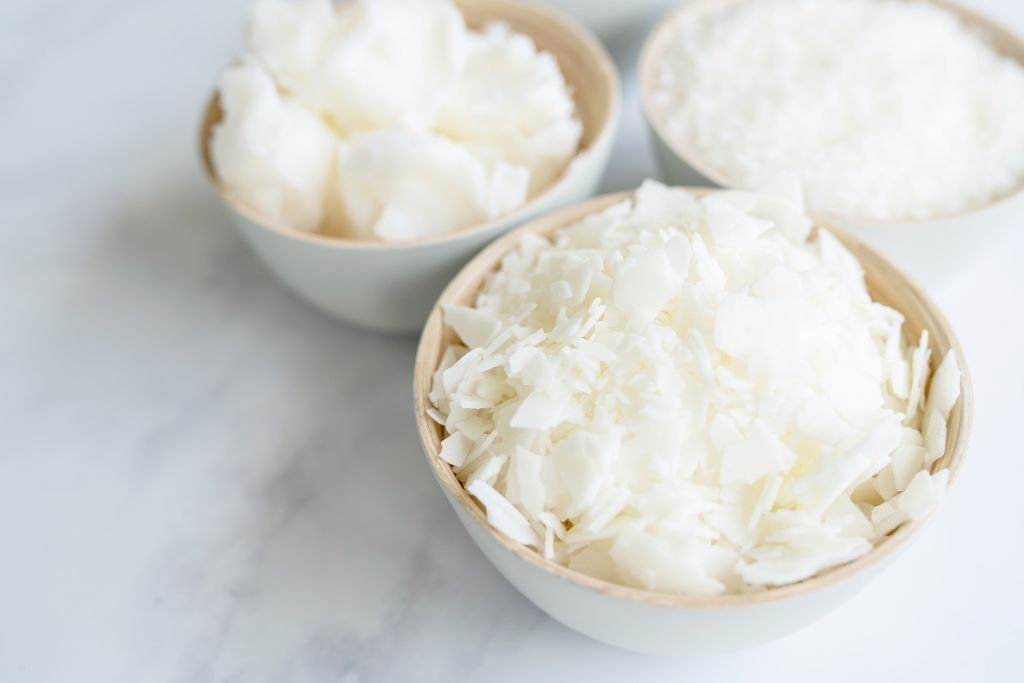
Paraffin Wax – This is a petroleum-based wax made from crude oil. It is inexpensive and makes hard, long-lasting candles. However, paraffin wax produces more soot than natural waxes when burned.
Soy Wax – Made from hydrogenated soybean oil, this renewable and sustainable wax burns cleaner than paraffin. Soy wax makes softer candles that are prone to frosting.
Beeswax – Beeswax is a natural wax made by honey bees. It produces candles with a sweet honey aroma and naturally soft glow. Beeswax is expensive but is appreciated by many candle makers for its natural properties.
Wax can be purchased in bulk online from suppliers like Alibaba. Buying in bulk brings down the cost per pound. Paraffin wax tends to be the least expensive, followed by soy wax. Beeswax carries the highest price tag.
Facilities
Choosing the right facilities is crucial for a candle making business. Most small startups begin operating out of a home workspace, but eventually may need to upgrade to a separate commercial space as the business grows. There are a few key factors to consider when setting up your candle making facilities:
Home workspaces for candle making should be at least 55 square feet according to HowtomakeCandles.info. The space should have good ventilation, consistent temperature between 66-77°F, and avoid high humidity that could negatively impact candle quality [1]. You’ll need room for equipment like wax melters, thermometers, molds, and pouring pots as well as workspace for assembling, labeling, and packaging [2]. Storage space is also needed for wax, fragrance oils, wicks, and packaging supplies.
For commercial facilities, the space requirements expand to accommodate large batches, increased storage needs, and potential employees. You’ll need expanded space for production equipment, shipping and receiving, inventory, and office functions. Proper zoning for manufacturing is also a consideration.
Testing and Quality Control
Thorough testing and quality control are crucial steps in candle making to ensure a high quality, safe product. Some key areas to test include:
- Burn times – Test burning candles for the advertised burn times. According to The Ultimate Quality Control Checklist for Scented Candles, candles should be burned in increments to determine if they meet burn time claims.
- Scents – Evaluate scent quality when poured, during curing, and at regular intervals during burning. Fragrances can change over time so continued evaluation is important according to the Candle Quality Control guidelines.
- Coloring – Review coloring for evenness and vibrancy. Determine if additional colorant is needed.
- Safety – Check for proper wick length, mushrooming, sooting, and additional safety issues during burn testing.
Packaging and Labeling
Proper packaging and labeling is crucial for a candle business to comply with regulations and appeal to customers. Popular packaging options for candles include glass jars, tins, boxes, and bags. When selecting packaging, it’s important to consider cost, branding, candle size/shape, and target market. Glass jars allow customers to see the candle design and burning process but are prone to breaking. Tins are more durable for shipping but don’t showcase the candle as well. Boxes and bags provide an inexpensive option but lack transparency.[1]
Candle businesses in the United States must follow FDA labeling regulations. Required label elements include:[2]
- Product identity – the name of the candle
- Net quantity of contents
- Name and address of the manufacturer, packer, or distributor
- List of ingredients
- Any required warning statements
Customers often look for additional info like fragrance, burn time, candle weight, and sustainability claims. Aesthetic label design aligns with branding while meeting legal requirements. Many candle makers use sticker labels for jars and specialty printing for tins. Following packaging and labeling best practices ensures regulatory compliance and quality presentation to customers.
Pricing and Profit Margins
Pricing and achieving suitable profit margins are key factors when starting a candle making business. There are several costs that must be considered when determining pricing:
The first major cost is materials. Wax, wicks, fragrance oils, and packaging materials all impact the cost to produce each candle. Bulk discounts can help lower material costs when buying in larger quantities.
The second consideration is labor. How much time and effort goes into designing, pouring, curing, packaging, and labeling each candle? Labor is likely the biggest expense, especially in the beginning without efficiencies of scale. Determine an appropriate hourly wage to pay yourself and any employees.
Overhead expenses like rent, utilities, insurance, shipping supplies, and credit card processing fees also add to costs per candle. Don’t forget to account for these when calculating your breakeven point.
With your costs identified, aim for a suitable wholesale or retail profit margin on top. Many small candle businesses price at double the product cost or a 100% margin. For example, if it costs $5 to produce a candle, the wholesale price could be $10 and the retail price $15-$20.
Competitor pricing, perceived value, and demand also impact ideal pricing strategy. Adjust margins accordingly to remain competitive while running a profitable candle making business.
Marketing and Sales
Marketing and selling candles can be done through several channels. Many candle makers start by selling online through their own e-commerce website or platforms like Etsy and Shopify. Choosing the right Shopify theme optimized for candle businesses can help make your online store visually appealing and user friendly.
In addition to online sales, selling candles at local craft fairs, farmer’s markets, and holiday bazaars is a great way to get product exposure and build a customer base. Wholesale opportunities also exist for those looking to get their candles into gift shops, boutiques, and other retail locations. When approaching retailers, professional branding and product photography are key factors that will influence their buying decisions.
Implementing marketing strategies like social media campaigns, email newsletters, and influencer partnerships can help promote your candles and reach new audiences. Focusing on beautiful branding and product photos across platforms also helps convey quality and desirability. Overall, utilizing both online and offline strategies tailored to your target customer is key for growing candle sales.
Legal and Regulatory Issues
There are several legal and regulatory requirements to starting a candle making business that must be addressed:
First, you will likely need to obtain a business license and permit from your state and/or local municipality to legally operate. The specific requirements vary by location, but generally this involves filing paperwork and paying fees to register your business (source: https://howtostartanllc.com/business-insurance/business-insurance-for-candle-makers).
Second, you need liability insurance to protect against potential claims or lawsuits, especially if someone were to get injured from using your candles. General liability coverage starts around $300 annually for candlemakers but can cost more depending on your sales volume and other factors (source: https://armatagecandlecompany.com/blog/candle-making-insurance-explained/).
Finally, there are safety regulations around candle making you must follow. The Consumer Product Safety Commission requires all candles pass basic fire safety tests and have proper warning labels. If you plan to sell your candles, they must comply with regulations like California’s Proposition 65 related to chemical disclosures (source: https://howtostartanllc.com/business-insurance/business-insurance-for-candle-makers).
Startup Costs
The total startup costs for a candle making business can vary greatly depending on the scale of operations, types of candles being made, location, and more. Some key startup costs to consider include:
Equipment – Basic candle making equipment like pots, thermometers, pouring pots, molds, wax melters, etc can range from $300-$1000 for starter kits. Larger industrial equipment can cost tens of thousands.
Raw materials – Wax, wicks, fragrance oils, dyes, jars, and packaging materials are ongoing costs. But expect around $2000+ upfront for initial inventory and supplies.
Facilities – A dedicated workspace like a garage, spare room, or commercial space will be required. Rental rates vary greatly by location. Expect to budget $1500+ for any renovations like ventilation, utilities, etc.
Operating costs – Initial working capital for the first few months of operations should be budgeted for expenses like marketing, accounting, legal, insurance, and unforeseen costs. Have at least 3-6 months of operating costs on hand.
Other costs – Registration, licensing, taxes, website development, branding, and pre-launch marketing will all need to be factored in as well.
In summary, a lean startup candle business can launch for around $5,000-$10,000. However, it’s reasonable to invest $20,000 or much more in order to properly setup operations and have adequate working capital.

